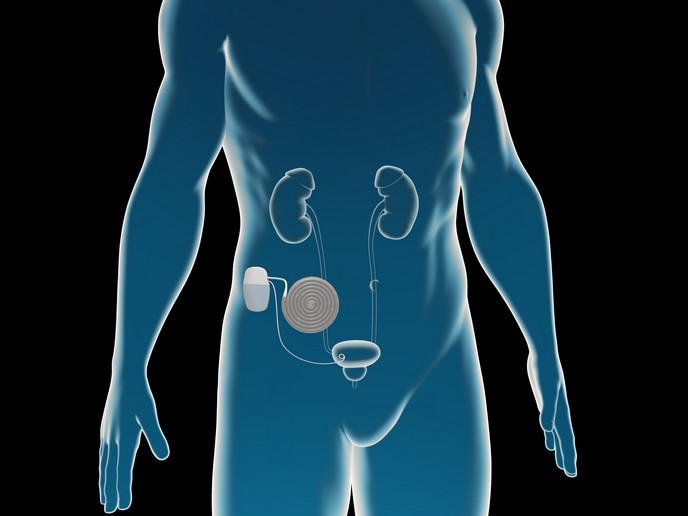T cells in leukaemia treatment
A considerable proportion of haematological malignancies are treated with allogeneic HSCT. The success of this therapy is hampered by adverse complications such as graft versus host disease (GvHD) and infections. GvHD occurs when the donor T cells attack the patient’s tissues after transplantation. To minimise these transplant-related adverse effects, scientists on the EU-funded T-CONTROL(opens in new window) (Donor T cells for immune control) project worked on an approach to use specific T cells to treat infection and tumour relapse as well as regulatory T cells to treat GvHD. The project constitutes a continuation of the FP6 programme ALLOSTEM, which had pioneered a cell selection strategy for isolating multi-virus specific T cell products. The so-called Streptamer technology is based on HLA molecules containing peptides of viruses, tumour-associated antigens or self-antigens. This strategy has been further optimised into a standard operating procedure for the clinical isolation of T cells specific for various viruses (CMV, EBV, adenovirus) or tumour antigens (proteinase 3, NY-ESO-1, WT-1, RHAMM and PRAME, MiHA HA-1). The virus-specific T cells were selected from immune individuals while the anti-tumour T cells were isolated from healthy individuals. These multi-specific T cell products were tested with different compositions of the Streptamers for their ability to optimally select the corresponding T cell mixtures. Finally, the efficacies of the cell products to control infection and relapse were analysed in appropriate test systems. The consortium has also performed large-scale isolation of regulatory T cells and the method is being adapted for GMP clinical grade applications. This regulatory T cell product could also be used to prevent graft rejection as well as treat autoimmune diseases. The non-randomised phase I/II trial of the Streptamer-selected multi-specific cell product included 13 patients to demonstrate effects in the safety profile of the cell therapeutics while addressing efficacy. In conclusion, the T-CONTROL strategy demonstrated a great potential to improve allogeneic stem cell transplantation by significantly reducing acute and chronic GvHD and avoid the potential toxicities of post-transplant immunosuppression. This strategy would allow clinicians to extend allografting to a much larger patient population.







